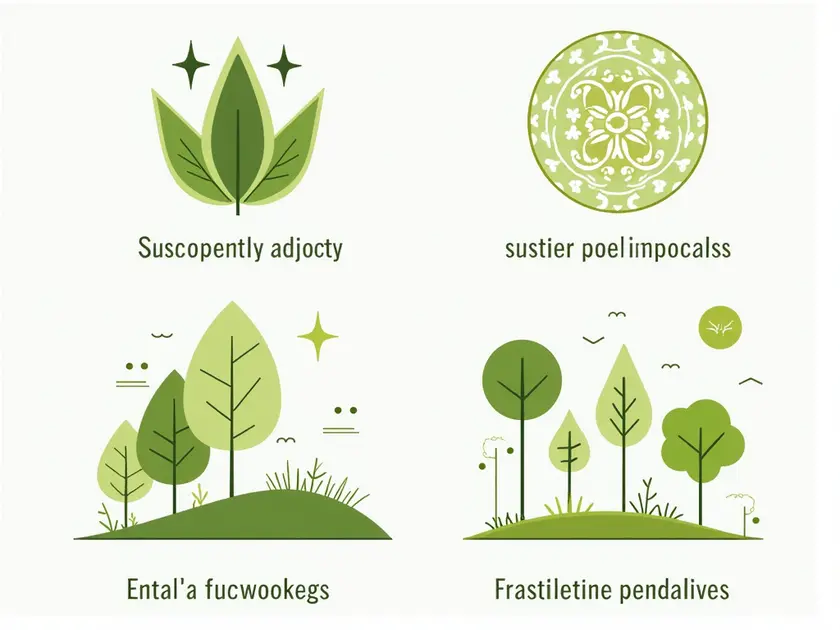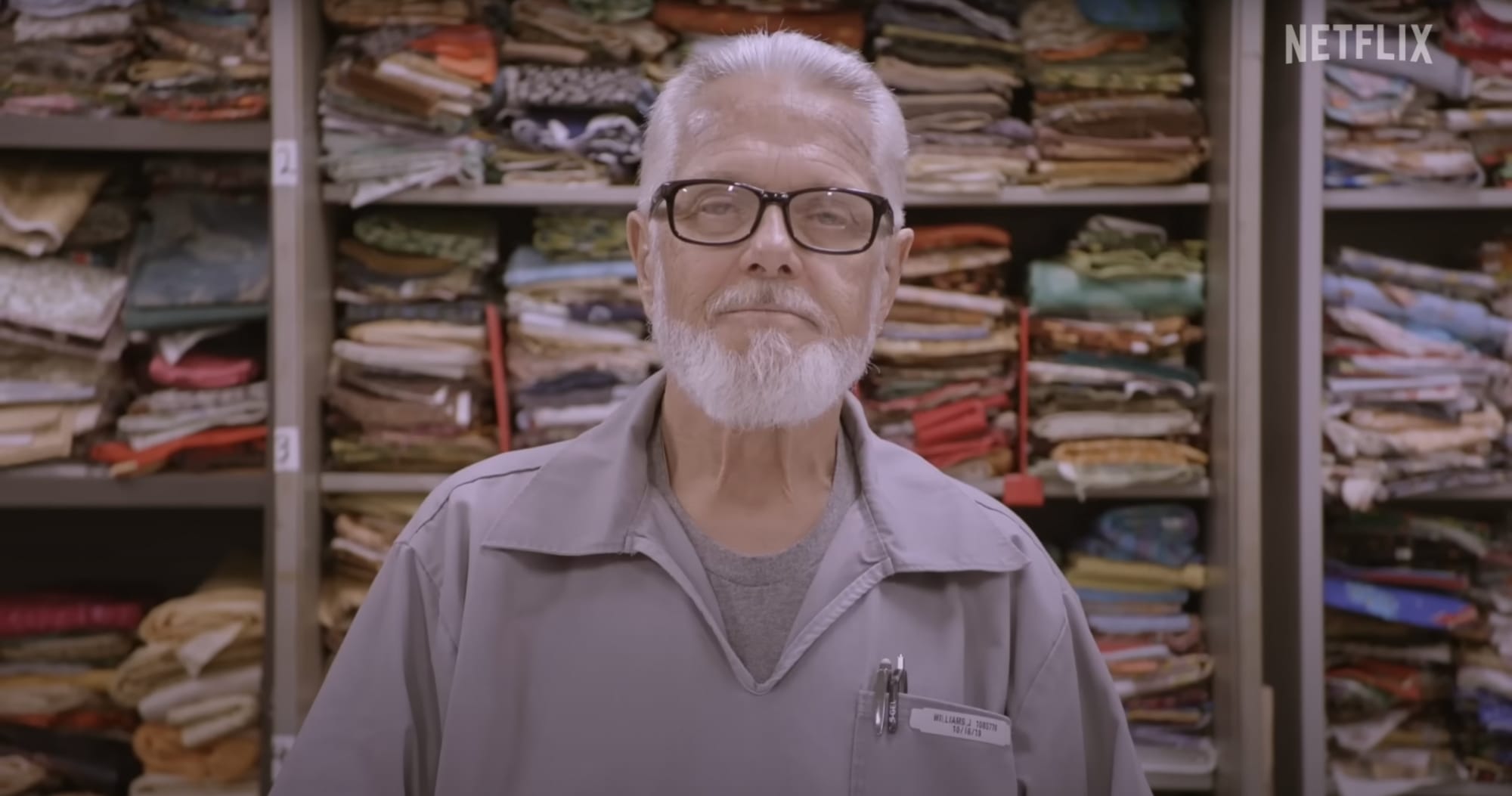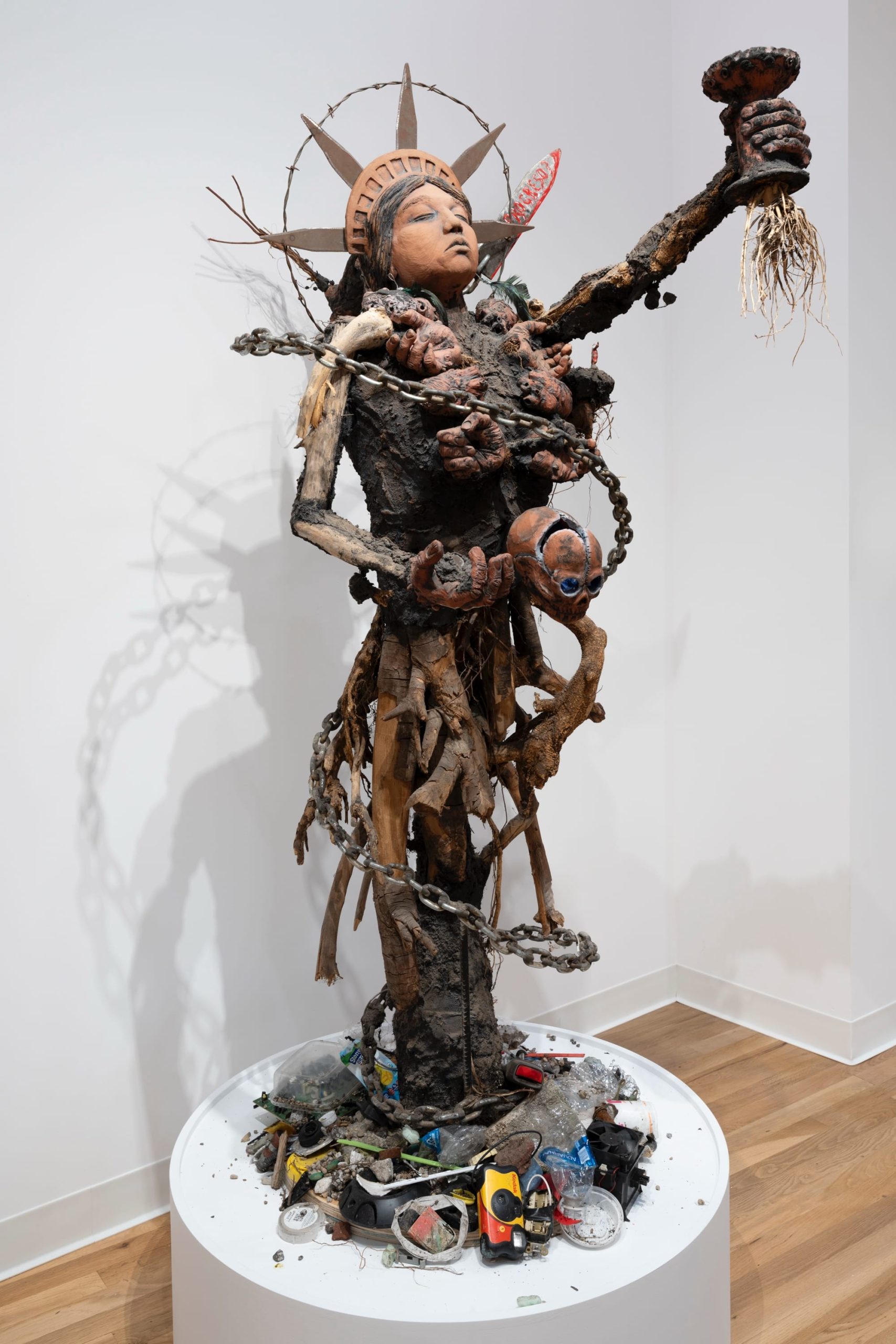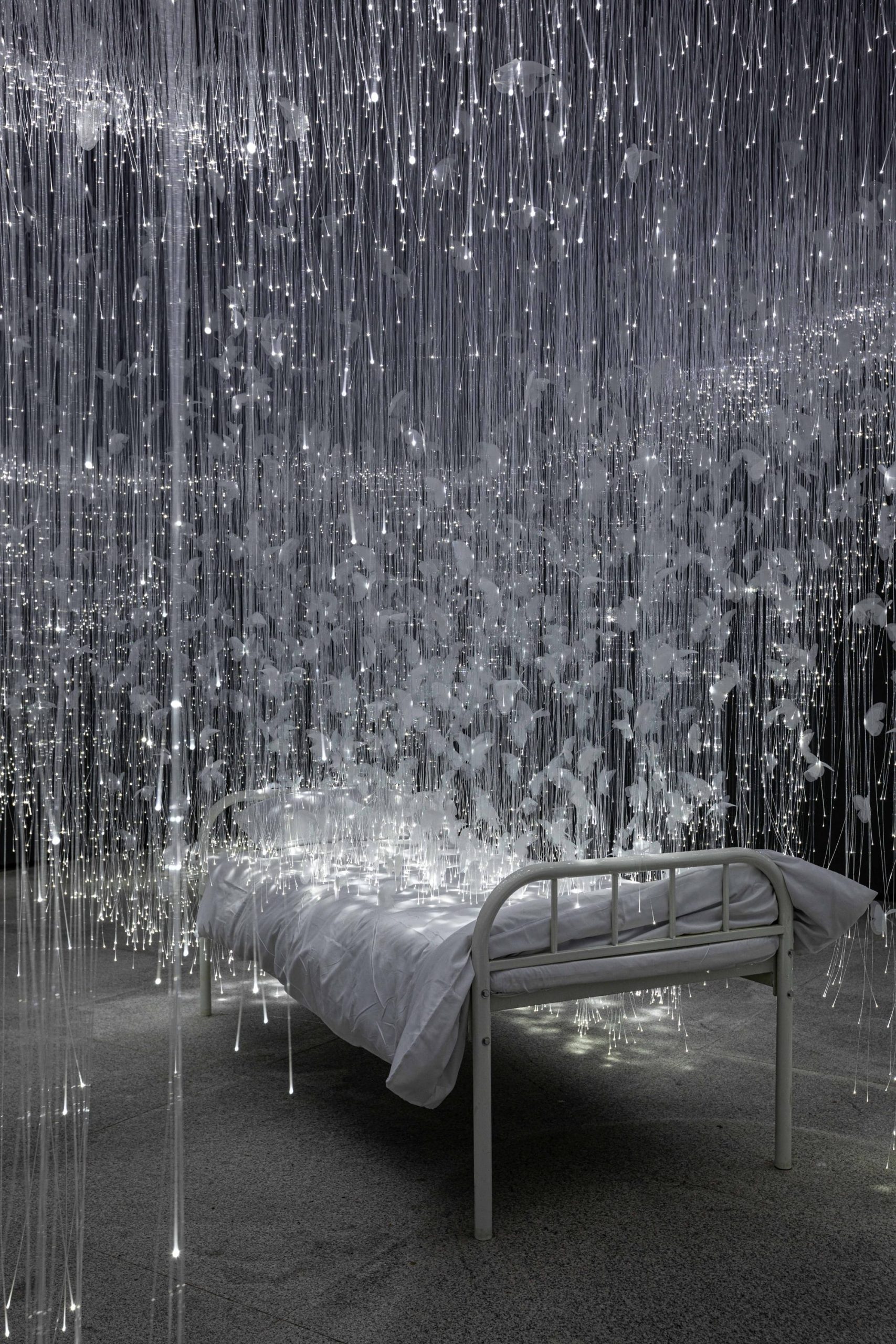Sustainable Practices in Modern Design
In today’s world, the concept of sustainability has become a key focus in various industries, including design. Embracing sustainable practices in modern design not only benefits the environment but also enhances the quality of living spaces. By incorporating eco-friendly materials, energy-efficient solutions, and innovative techniques, designers can create spaces that are not only visually appealing but also contribute to a more sustainable future. In this article, we will explore the importance of sustainable practices in modern design and how they can make a positive impact on both the environment and society.
Benefits of Embracing Sustainable Practices in Modern Design
Embracing sustainable practices in modern design offers a wide range of benefits for both the environment and society. By incorporating eco-friendly materials and processes, designers can significantly reduce their carbon footprint and contribute to a healthier planet.
- Environmental Preservation: Sustainable design helps in preserving natural resources and reducing waste, leading to a cleaner and greener environment.
- Cost-Efficiency: Implementing sustainable practices can result in long-term cost savings through energy efficiency and reduced maintenance expenses.
- Healthier Living Spaces: Sustainable design promotes the use of non-toxic materials, creating healthier indoor environments for occupants.
- Innovation and Creativity: Embracing sustainability in design encourages innovation and creativity, pushing designers to think outside the box and come up with unique solutions.
- Enhanced Brand Reputation: Companies that prioritize sustainable practices in their designs often enjoy a positive brand image and reputation among consumers.
- Resilience to Climate Change: Sustainable design can help buildings and structures withstand the impacts of climate change, ensuring long-term durability and resilience.
Key Elements of Sustainable Practices in Modern Design
1. Use of Recycled Materials:
- Utilizing materials that have been repurposed or recycled to reduce waste and environmental impact.
2. Energy Efficiency:
- Designing spaces that optimize natural light and ventilation to reduce the need for artificial lighting and heating/cooling.
3. Water Conservation:
- Implementing systems that reduce water consumption, such as low-flow fixtures and rainwater harvesting.
4. Sustainable Building Practices:
- Constructing buildings using eco-friendly materials and techniques that minimize carbon footprint.
5. Indoor Air Quality:
- Focusing on using non-toxic materials and proper ventilation systems to ensure a healthy indoor environment.
6. Biodiversity Preservation:
- Incorporating green spaces and native plants to support local ecosystems and wildlife.
Creating a Positive Impact Through Sustainable Practices in Modern Design
Sustainable practices in modern design play a crucial role in creating a positive impact on the environment and society. By incorporating sustainable elements into design processes, designers can contribute to a more eco-friendly and socially responsible future.
1. Environmental Benefits
- Reduction of carbon footprint
- Conservation of natural resources
- Promotion of biodiversity
2. Social Impact
- Improvement of quality of life
- Support for local communities
- Enhancement of health and well-being
3. Economic Advantages
- Cost savings in the long term
- Market competitiveness
- Job creation in sustainable industries
By focusing on sustainable practices in modern design, designers can contribute to a more sustainable and ethical future, leaving a positive impact for generations to come.






